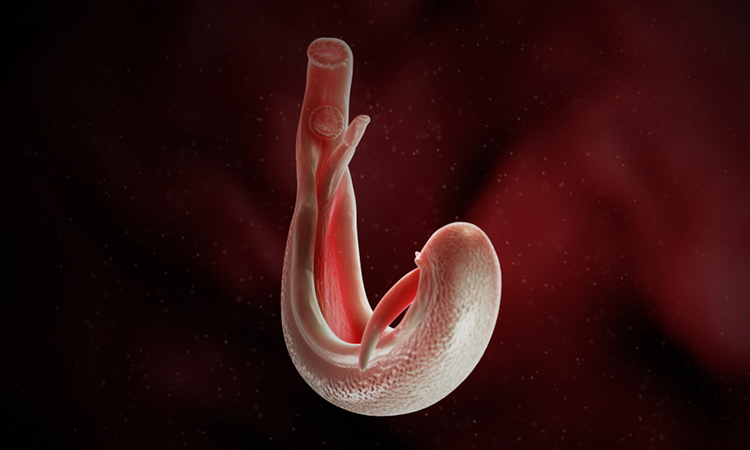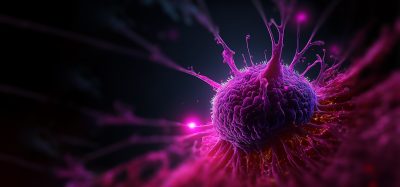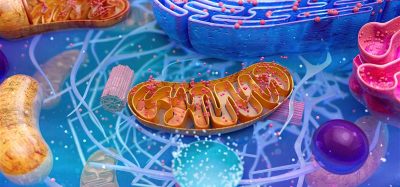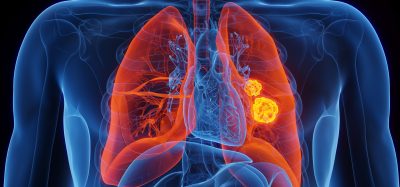Team identifies lead compound to potentially treat schistosomiasis
Posted: 14 December 2021 | Victoria Rees (Drug Target Review) | No comments yet
Researchers have found a quinoxaline-core containing, non-genotoxic lead compound that could treat schistosomiasis following optimisation.


Researchers from Aberystwyth University, Swansea University, both UK and their collaborators, are optimising a newly identified class of molecules that could lead to the development of an urgently needed alternative to praziquantel for assisting in schistosomiasis treatment.
According to the researchers, schistosomiasis is a neglected disease that is caused by infection with blood fluke species contained within the genus Schistosoma. For the last 40 years, the control of schistosomiasis in endemic regions has predominantly been facilitated by administration of a single drug, praziquantel. However, due to limitations in this approach for sustaining schistosomiasis control into the future, alternative anti-schistosomal compounds are increasingly being sought by the drug discovery community.
To resolve this issue, the team from the study, published in the European Journal of Medicinal Chemistry, utilised a multi-pronged, integrated strategy that led to the identification and further exploration of the quinoxaline core as a promising anti-schistosomal scaffold.
Reduce preclinical failures with smarter off-target profiling
24 September 2025 | 15:00PM BST | FREE Webinar
Join this webinar to hear from Dr Emilie Desfosses as she shares insights into how in vitro and in silico methods can support more informed, human-relevant safety decisions -especially as ethical and regulatory changes continue to reshape preclinical research.
What you’ll learn:
- Approaches for prioritizing follow-up studies and refining risk mitigation strategies
- How to interpret hit profiles from binding and functional assays
- Strategies for identifying organ systems at risk based on target activity modulation
- How to use visualization tools to assess safety margins and compare compound profiles
Register Now – It’s Free!
First, the researchers undertook the phenotypic screening of commercially available small molecules. This resulted in the identification of a moderately active hit compound against Schistosoma mansoni. Secondary exploration of the chemical space around compound one led to the identification of a quinoxaline-core containing, non-genotoxic lead – compound 22. The team found that this compound demonstrated substantially improved activities on both juvenile and adult worms as well as intra-molluscan S. mansoni lifecycle stages.
NEWS: Single molecule from plant used by Native Americans may treat diarrhoea
The researchers say that further medicinal chemistry optimisation of compound 22, resulting in the generation of 20 additional analogues, improved their understanding of the structure-activity relationship and resulted in considerable improvements in both anti-schistosome potency and selectivity. Some derivatives of compound 22 (eg, 31 and 33) also demonstrated significant activity against the two other medically important species, Schistosoma haematobium and Schistosoma japonicum.
The scientists conclude that further optimisation of this class of anti-schistosomal compounds is ongoing and could lead to the development of new schistosomiasis elimination strategies.
Related topics
Drug Development, Drug Discovery, Drug Leads, Hit-to-Lead, Lead Generation, Medicinal Chemistry
Related conditions
Schistosomiasis
Related organisations
Aberystwyth University, Swansea University








